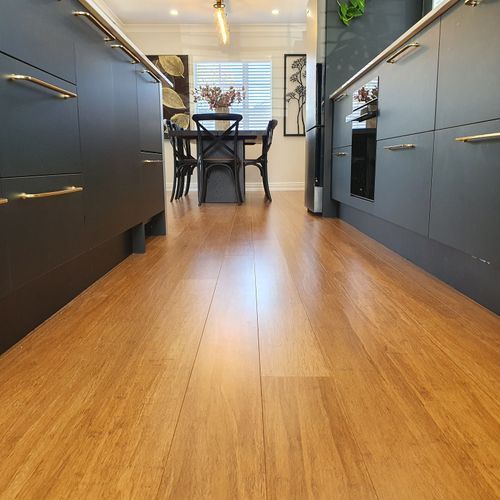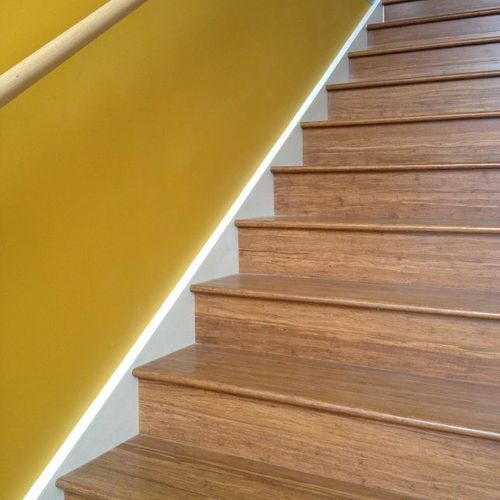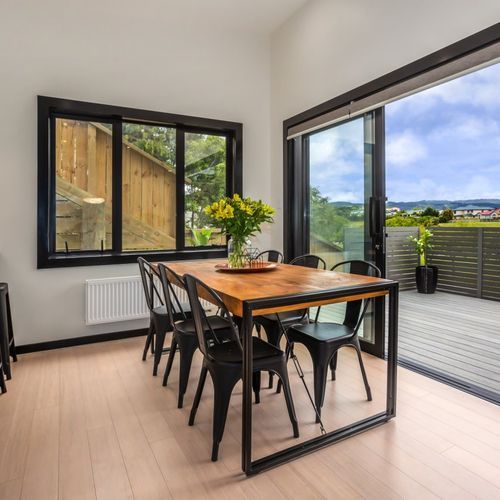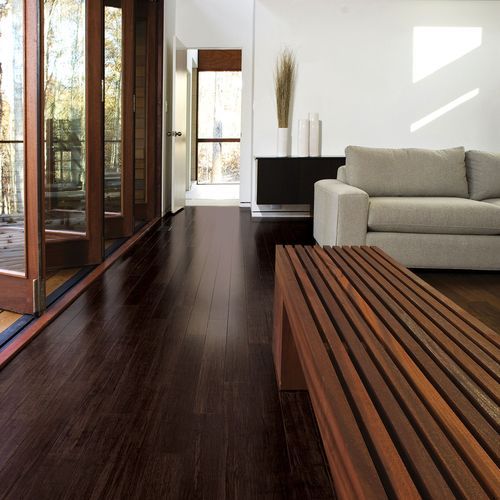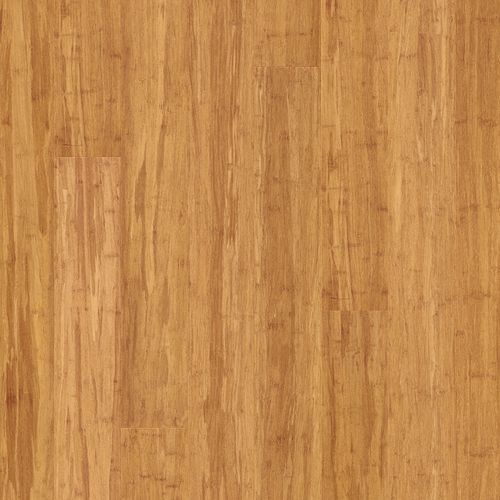Bamboo Flooring
- Bamboo flooring keeps gaining popularity as an affordable, sustainable, and versatile option, with properties similar or superior to hardwood. The exceptional durability of eco bamboo flooring makes it an ideal choice for high-traffic areas. At ArchiPro, we offer a wide variety of types and designs, from vertical and horizontal to stranded compressed bamboo flooring.Why ArchiPro?
No more endless searching -
Everything you need, all in one place.Real projects, real experts -
Work with vetted architects, designers, and suppliers.Designed for New Zealand -
Projects, products, and professionals that meet local standards.From inspiration to reality -
Find your style and connect with the experts behind it.Start your Project
Start you project with a free account to unlock features designed to help you simplify your building project.
Learn MoreBecome a Pro
Showcase your business on ArchiPro and join industry leading brands showcasing their products and expertise.
Learn More